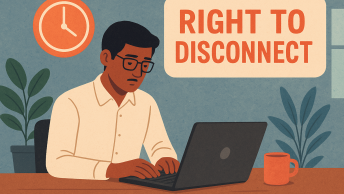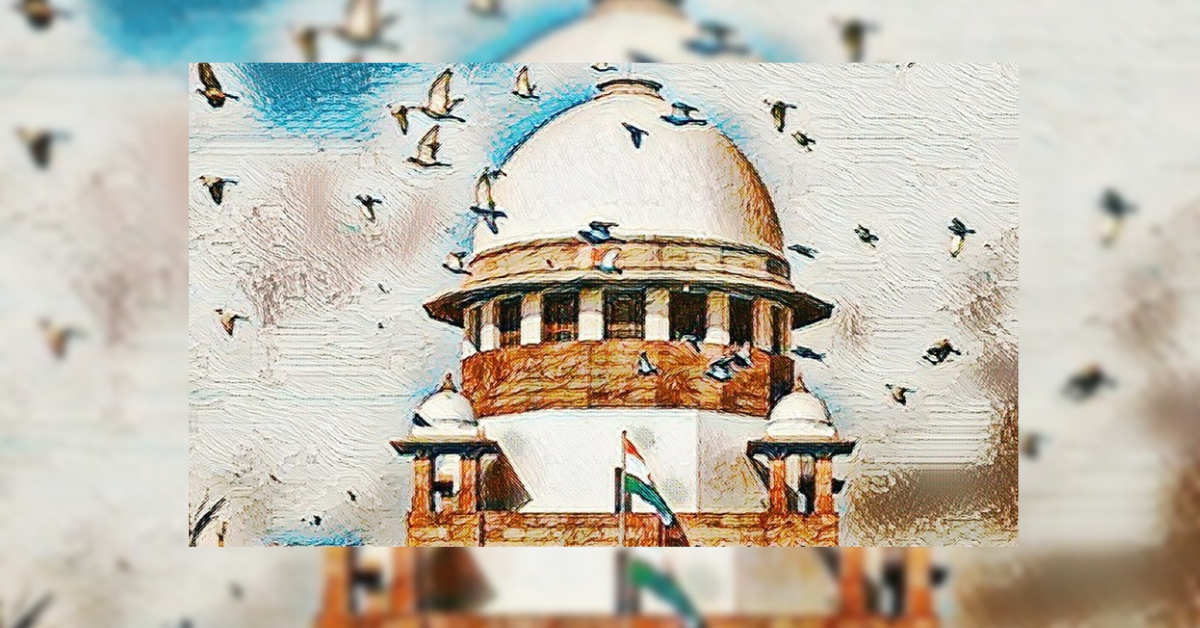Recent months have seen substantial debate on the Supreme Court’s emerging attitude towards reforming public interest litigation (PIL), especially in light of Justice Katju’s controversial remarks. In an article in today’s Indian Express, I reflect upon this development in light of the Supreme Court’s rejection of a PIL petition on Friday, requesting it to order political parties to file tax returns. In particular, I argue that while the stress upon monetary penalties for frivolous PILs is a good thing, true reformation can only come through doctrinal developments that make the distinction between concerns of frivolous petition and concerns of appropriate representation. Certainly further distinctions may need to be made, which I have been unable to deal with in my article. For instance, Justice Katju clearly treated Common Cause as a frivolous PIL petition and it was thrown out, as I mention, because the court said that the sought relief was beyond its authority. But Justice Sema’s judgment makes for an interesting read, and perhaps it could be worth exploring distinctions in when PILs are to be rejected within the broad categories of those based on the subject-matter of the suit (broad umbrella – frivolous) and those based on the petitioner (broad umbrella – appropriate representation). Look forward to comments.






For the first time this blog says “Look forward to comments”. 🙂 Am not sure that was from the stray reader.
However, the comment is that a big factor in deciding “Frivolous” is not just the content of the appeal(that part the doctrines can handle), but the “intention” behind the litigation. And not surprisingly, it is the intention that defines how the litigant will drive the case.. determining this intention, defining it, and then penalising the intent to create frivolous litigation – we are walking on tricky ground here.
Given the current trend of decisions, doctrination which can prescribe intelligible limits of ‘activist’ activity, could be a theoretical solution. However, by accepting to choose such a mode of legal process, are we not accepting that, to some extent judiciary can ‘legislate’ and traverse into restricted territories? My only concern is: whether by doctrination we are trying to hide the inefficiency of governmental action and justifying impermissible judicial activism? Are we treating the problem rather than its cause?
Thus, rather than taking a reformative approach and consequently strengthening the ground by doctrinations, can we have a proper revision of what the judiciary has done till date and contemplate on whether it had the authority to do so and then learn something from its mistakes (if any).
Madhav,
What according to you would make a PIL frivolous? If the Court finds a PIL beyond its authority, would that make it frivolous? Justice Katju in the Common Cause case did not explicitly say that this PIL was frivolous, only that it was beyond the Court’s authority. Justice Sema also said the same thing,but distanced himself from J.Katju’s general remarks against PILs. Since J.Sema also rejected this PIL because it was beyond the Court’s authority (as the law was comprehensive enough), by implication, it could be said that J.Sema also considered it frivolous. But you are suggesting that he did not. Therefore, since the petitioner was not fined in this case, would it not be correct to say it was not frivolous, and the PIL was rejected on other grounds.
Hi VV,
I strongly feel that Justice Katju regarded the PIL to be frivolous. No doubt, we may disagree on that, but my reading of his judgment, the last few paragraphs in particular, makes me feel this way. Of course, people read judgments differently, and so that fine.
My general thesis is that there are broadly two kinds of concerns that arise in PILs. One relating to the subject matter of the PIL, the other relating to the petitioner. These concerns are broadly ‘frivolous’ (because that is the term that the SC has routinely employed) and ‘appropriate representation’ (as Peter Cane has discussed in detail with respect to the UK). My basic point is that both these concerns need to be treated independently.
Perhaps, as you suggest, concerns relating to the nature of the suit may be various in nature, and in that case one may have to go beyond just frivolity, and look to other things, such as maybe the suit not be frivolous but the remedy not being feasible, or something of that nature. I am yet to work on the various distinctions between the broad ‘frivolous’ umbrella, and this is certainly something I look forward to.